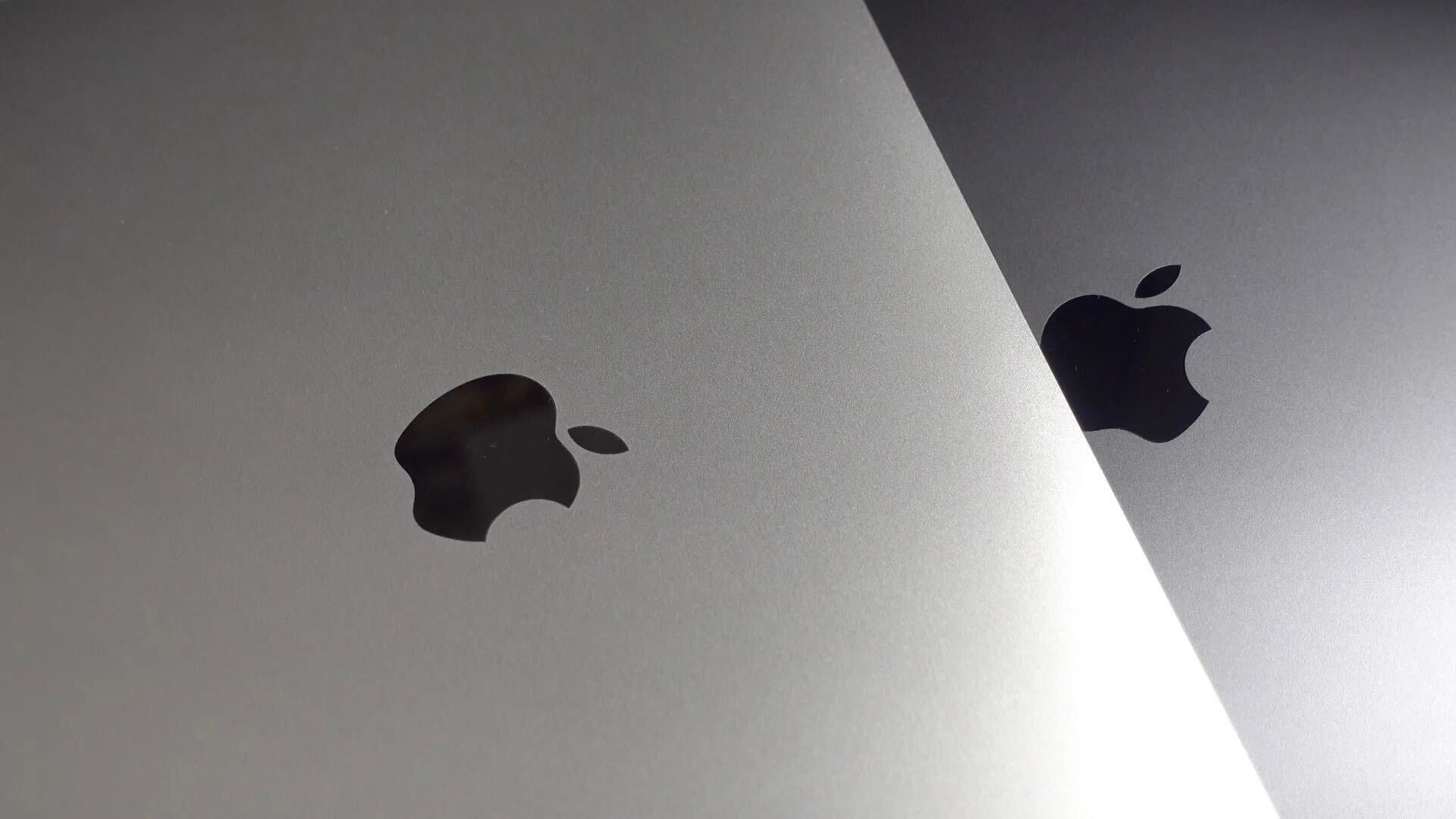IEEE’s Rod Furlan just explained how he built his own Google Glass-like prototype with an iPod touch.
Google’s Sergey Brin revealed at the 2012 Google I/O Developers Conference in June that a pair of beta, or “Explorer Edition”, Google Glasses cost $1,500 and would start shipping to I/O attendees in 2013, but Lee realized the components to such a headset display must be readily available if Google was able to start developing one. And so, he decided to build his own—admittedly rough—version.
After promptly selecting an iOS-enabled, head-mounted Myvu video display, Lee tried to find an onboard computer:
I settled on a fourth-generation iPod Touch. I had to “jailbreak” it, which eliminates limitations built into the iOS software by Apple. Once that was done, I could mirror the Touch’s main display to the microdisplay using its composite video output. This choice of onboard computer meant that for a point-of-view camera (used to record images and video), I needed one that could communicate via the iPod Touch’s Wi-Fi or Bluetooth wireless interfaces. I used a Looxcie Bluetooth camera, which is small enough to be mounted on the side of the frame once you strip it from its plastic shell; you can order it online for around $150. (I’m already building a second iteration of my prototype around a Raspberry Pi. This will allow more control over the camera than is currently possible with the iOS apps that work with the Looxcie and better integration of sensors such as accelerometers.)
Lee tested the prototype once the assembly process was over, and he noted his world immediately changed forever:
My world changed the day I first wore my prototype. At first there was disappointment—my software was rudimentary, and the video cable running down to the onboard computer was a compromise I wasn’t particularly pleased with. Then there was discomfort, as I felt overwhelmed while trying to hold a conversation as information from the Internet (notifications, server statuses, stock prices, and messages) was streamed to me through the microdisplay. But when the batteries drained a few hours later and I took the prototype off, I had a feeling of loss. It was as if one of my senses had been taken away from me, which was something I certainly didn’t anticipate.
Lee continued to give insight into how Google Glass and his iOS prototype could provide immense value. Unfortunately, he only corroborated his post with a few illustrations and no images. Go to IEEE for more details.
This article is cross-posted on 9to5Google.
Related articles:
- 30M Angry Birds downloads for Christmas, LocalScope, Words With Friends, Chase Mobile, NY Times, Word Derby, SpringPad, and more (9to5mac.com)
- New report suggests iPad Mini to be available with Wi-Fi only; 10-inch iPad to be updated for UK 4G network (9to5mac.com)
- Logitech’s Solar Keyboard for Mac, iPad and iPhone: $60 (9to5mac.com)
- 4490 mAh iPad Mini battery is almost exactly 3X size of iPhone and 1/3 of the iPad (9to5mac.com)
FTC: We use income earning auto affiliate links. More.



Comments